ProView – Thermarest NeoAir UberLite + NeoAir Micro Pump
“Ultralight insulated sleeping pad.” That was the search phrase that started my journey down the rabbit hole of lightweight pads in preparation for a backpacking trip. On paper, the Therm-a-Rest NeoAir UberLite was the perfect match: extremely light (12oz), insulated (with an R-value of 2.3), and a small packed footprint (compresses to about 2 liters). But would it withstand the rigors of a backpacking adventure through New York’s Catskill Mountains as I attempted to photograph the Perseid Meteor Shower? That’s what I intended to find out.
Thermarest NeoAir UberLite + NeoAir Micro Pump

Product Description: As the absolute lightest insulated air mattress available, the UberLite keeps your pack featherweight on the trail. Our proprietary construction provides the critical warmth needed in the backcountry. Boasting 2.5 inches of our legendary NeoAir comfort, the minimal UberLite makes a big impact during nights in the backcountry. To endure the rigors of the backcountry, our unique fabrics and construction meet our strict durability standards. Stuff sack and repair kit included.
Offer price: MSRP: $154.95 - $224.95
-
Quality
(4)
-
Comfort
(3)
-
Features
(3)
-
Durability
(4)
-
Eco-Friendly
(5)
Summary
A highly portable pad that might deserve a spot in your ultralight kit.
Overall
3.8Pros
- Extremely small when packed
- Relatively comfortable
- Might keep bears away (loud)
Cons
- VERY loud
- Not good for side sleepers
- Not exactly a luxury option
Features
The unit I received was a size Large and came with the tiny NeoAir battery pump (sold separately). This palm-sized pump was touted to inflate the mattress fully with little effort. Although I was trying to keep my pack weight minimal in order to accommodate the necessary photography gear, I brought the pump along in order to see how it compared to the other methods of inflation that this pad offers.
The first thing I noticed upon unpacking the pad is that this thing is TINY. Although my review unit did not come with a stuff sack (the retail version does), I was able to fit the pad and the accompanying accessories into the smallest stuff sack I had (a Sea To Summit UltraMesh XXS/2.5L) with some room to spare! Therm-a-Rest markets it as “the absolute lightest insulated air pad ever built.” I haven’t evaluated every pad out there (yet), but I’m inclined to believe them. One more time, just for good measure: this thing is TINY!
The UberLite is nicely designed and nondescript. The primary grey/black color is complimented nicely by the orange branding and WingLock Valve. The materials feel premium and durable, as one would expect for a pad at this price point. It might not win any camping beauty pageants, but it gets the job done.
The pads I normally take are rolled and stored on the exterior of my pack, using the cinch straps to attach them to the bottom or side. Since this one packed up so small I was able to stuff it in the main compartment instead, keeping things nice and compact. I decided to evaluate the performance of the three methods of inflation available to me (NeoAir pump, included pump sack, and good ol’ fashioned mouth inflation) before setting out. The high-performance WingLock valve makes this step easy, no matter which method you choose: the valve only lets air in or out depending on what direction you have the toggle set to.
Once equipped with 2 AAA batteries, the NeoAir pump got the deed mostly done in about 4 minutes. A few additional blows were needed to get the right firmness. The pump has two mouths that both fit directly on the WingLock Valve and it simply requires a single button press to get things going. One mouth is used for inflation, the other for deflation. Pretty foolproof, and definitely comes in handy when you’re trying to set up camp in a hurry.
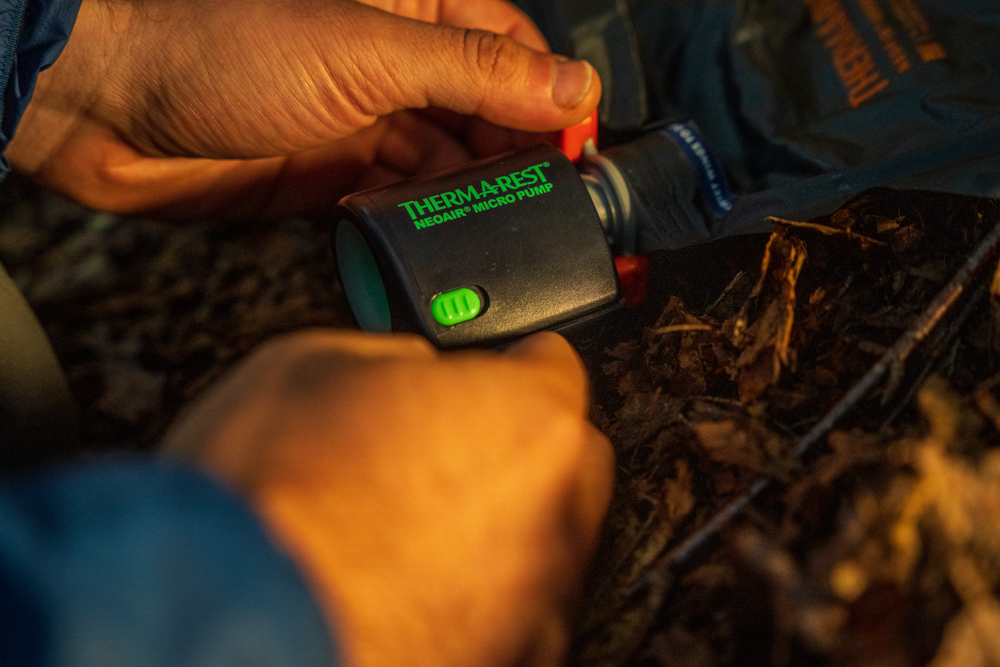
The pump sack took a little more effort but had the pad fully inflated in three minutes flat. This would be my preferred method if trying to keep things light and simple. The sack size and weight is negligible (for me, at least) and is the happy medium in inflation methods. Mouth inflation is, of course, the most laborious method but is surprisingly quick. Even with a few breaks, the pad was fully inflated in 1.5 minutes. Of course, this depends on your lung capacity. The WingLock Valve will save you a lot of time by making sure no air escapes between breaths.
We set off on our journey with the pad unceremoniously stuffed into the bottom of my Gregory Baltoro pack. The hike up to the backcountry campsite only took an hour, but required traversing some tricky terrain and rock scrambles. By the time we arrived at a usable spot, I was really glad I packed the NeoAir pump: the pad practically inflated itself while I pitched my tent and prepared some food. Once that was done, we set off on our night hike to capture some meteor showers.
Performance
By the time we returned to our tents a few hours later, the temperature had dropped to a relatively chilly 55º F. After hiking three miles with 20 lbs of camera gear on my back, I was ready to evaluate the main purpose of the UberLite pad. The second I sat on the pad, I discovered the first con: this pad is loud. If I had to describe the sound, it would be reminiscent of an infant enthusiastically trying to consume a ballon. Every movement you make is a symphony of squeaks that certainly helps keep wildlife away. A friend in his own tent 15 feet away confirmed that this was indeed the loudest pad he’s ever heard.
As far as sleep is concerned, the UberLite was moderately comfortable once adjusted to the right firmness. The pad isn’t thick enough for side sleepers, so I had to resort to back sleeping (which is where I end up on most camping pads). Although the ground was a little chilly that night, the insulated pad prevented that from being a problem. It wasn’t the best sleep I’ve ever had in the backcountry, but it wasn’t too shabby at all for an ultralight pad.
Friendliness to the Earth
One thing you might notice on the pad is the prominent “USA Built” note placed next to Therm-a-Rest branding. According to this blog post from 2019, Therm-a-Rest started conducting most of its design, manufacturing, and testing locally to avoid overseas transportation. This massively reduced its carbon footprint, thereby making all of their products more eco-friendly. Additionally, their Seattle factory runs on ~97.5% renewable energy. In addition to the standard regulations that are accompanied by manufacturing in the USA, this all contributes to you (literally) resting assured that the product you’re laying on was made with Mother Nature in mind.
The Final Word
With its impressive specs and tiny footprint, this pad might just find a place in your ultralight backpacking kit. Further testing will show whether this can withstand more rugged conditions, but so far this pad has performed quite well. Due to its aggressive loudness, I will likely only bring the UberLite on solo wilderness trips so as not to disturb others. But in most other areas (especially size), this is an impressive product that will hopefully set a precedent for future ultralight pads.
Shop the NeoAir UberLite and NeoAir MicroPump on Outdoor Prolink. Not a member? Apply today!
About the Gear Tester
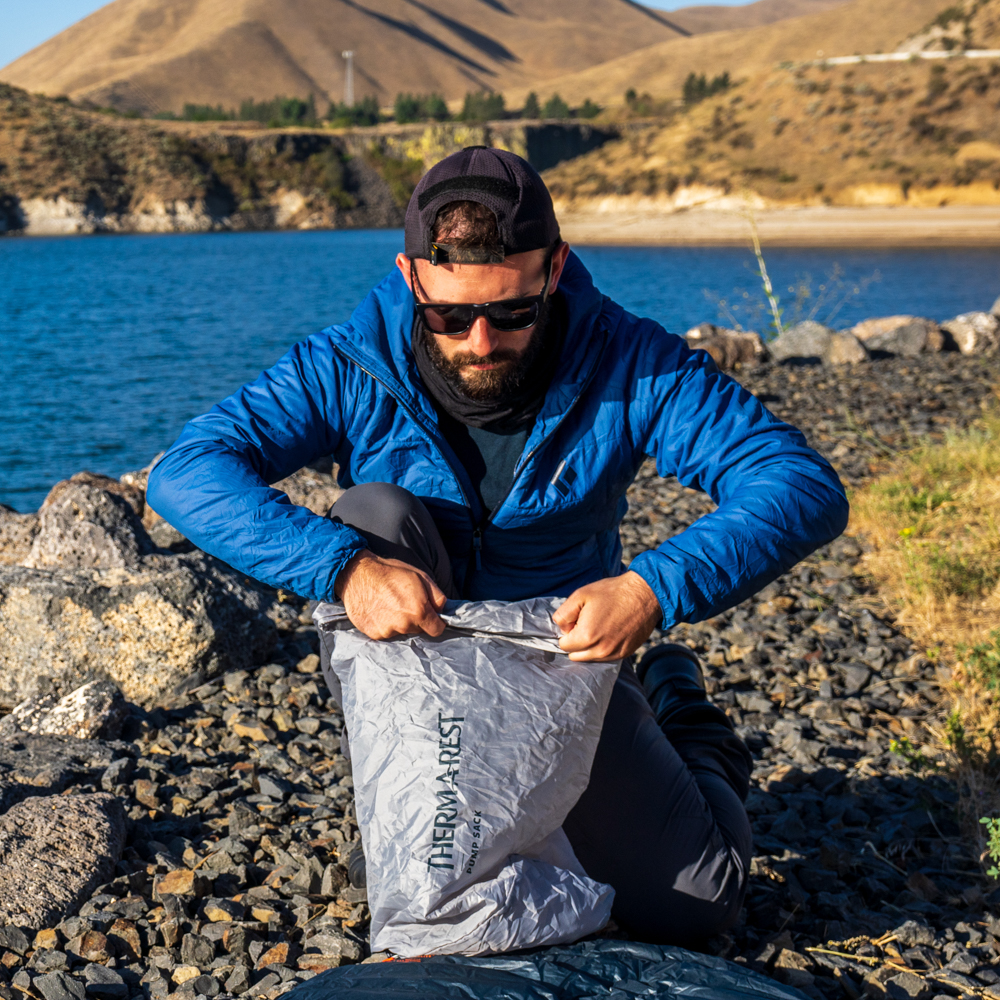
David Weinberger
David is a travel aficionado with a decade of outdoor experience. As a photographer, he enjoys regularly lugging 20-30 lbs of camera gear on his back to remote locations just to get that shot. Although his main playground is New York’s Hudson Valley and the Adirondacks, he can also be found exploring Alaska, Northern California, or the Pacific Northwest. Or anywhere that has mountains, trees, and ocean, for that matter. You can (try to) keep up with his adventures on Instagram @daveweinberger.

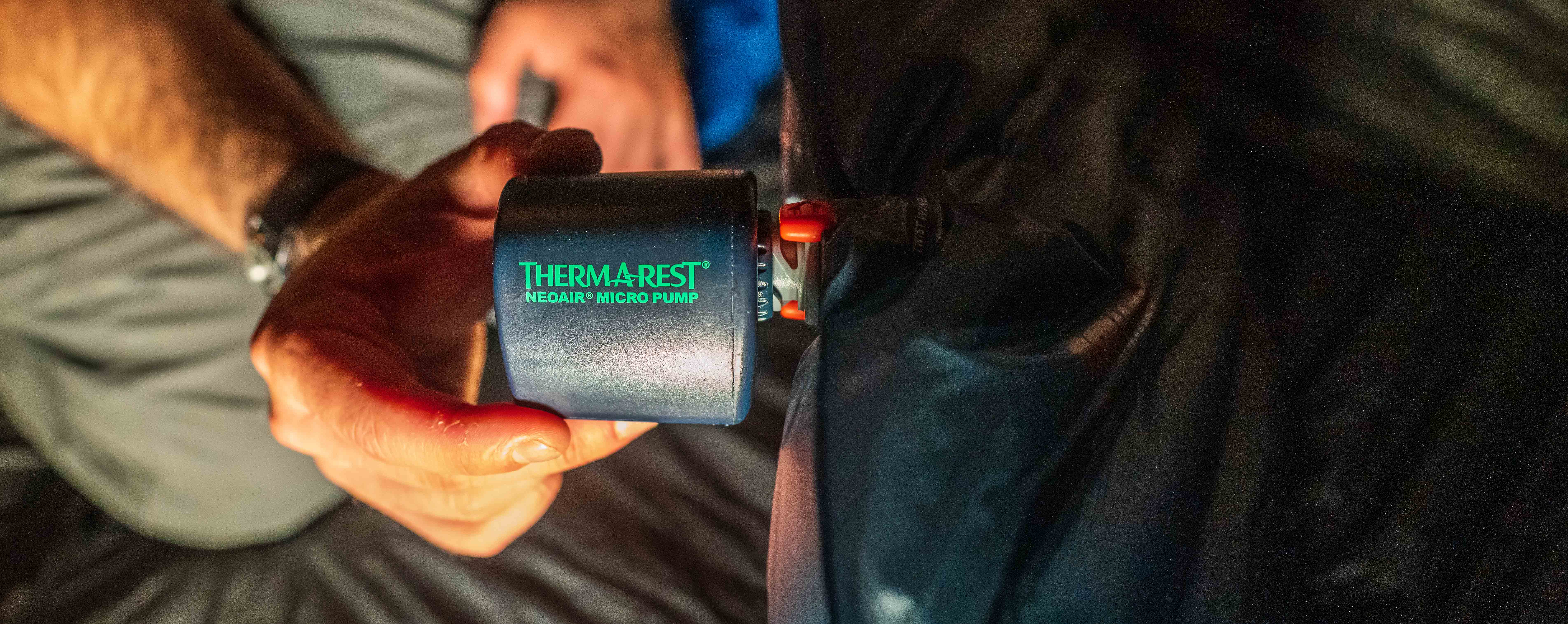
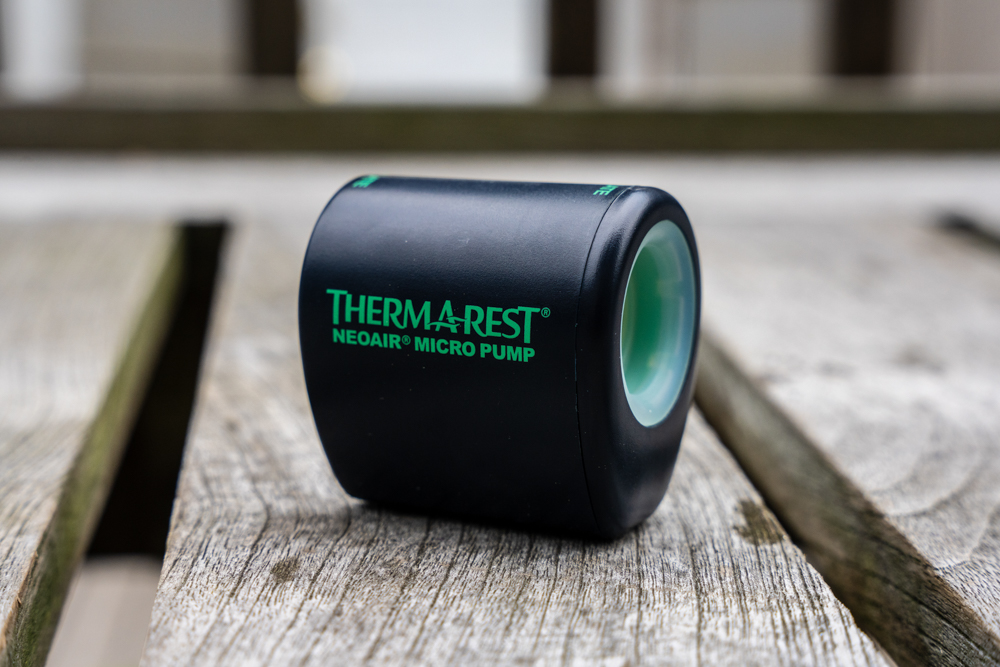
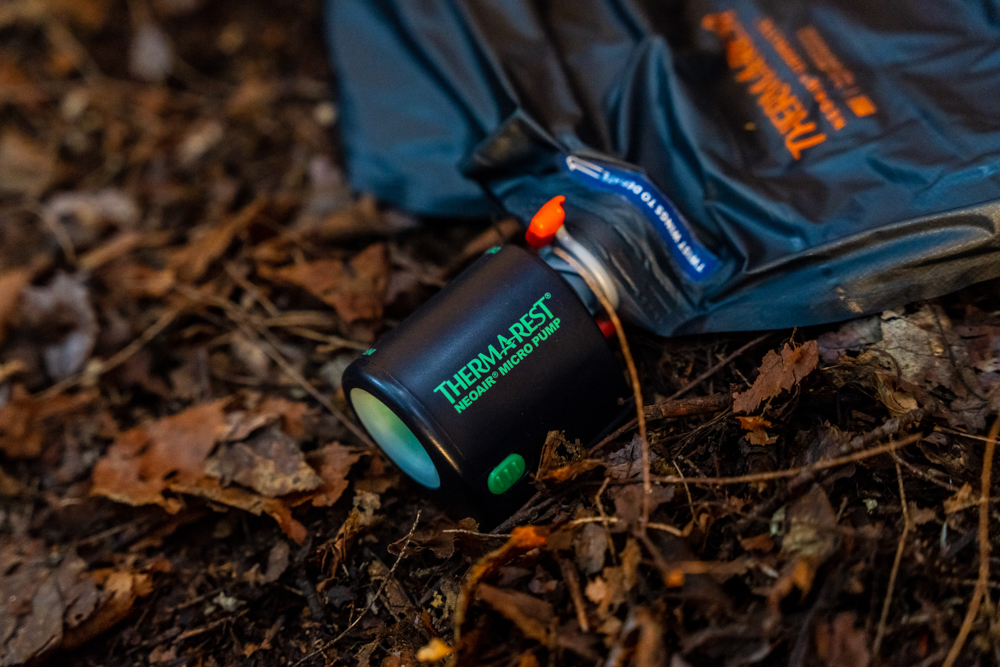


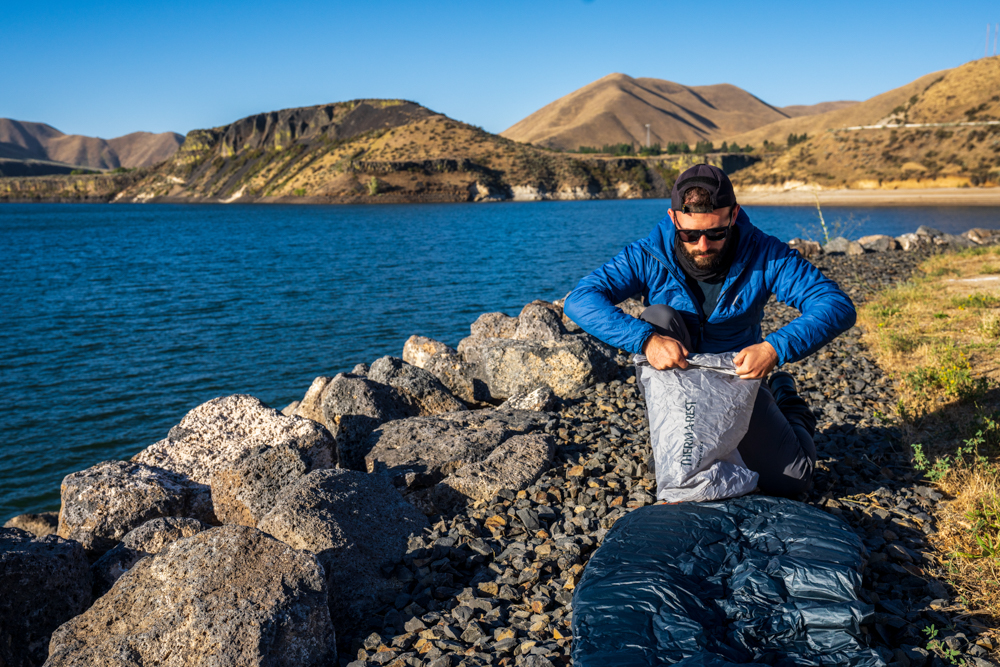

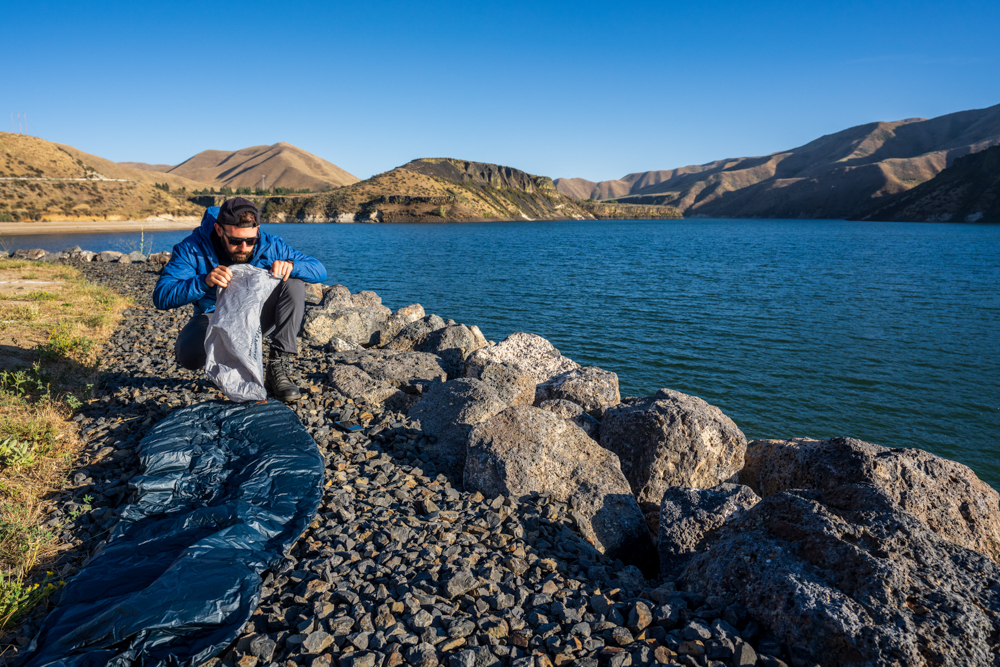
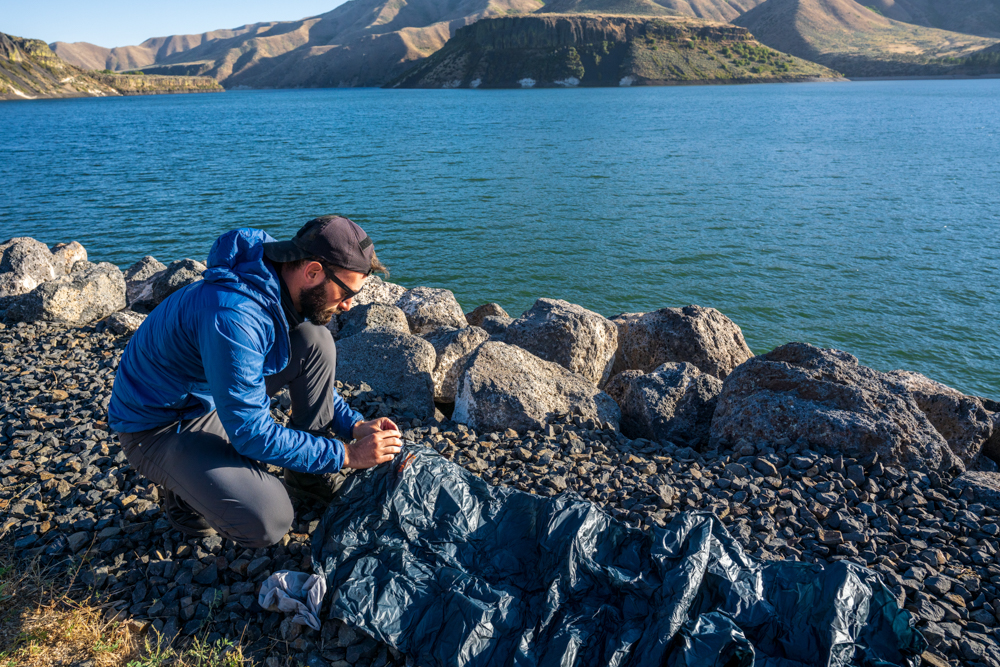
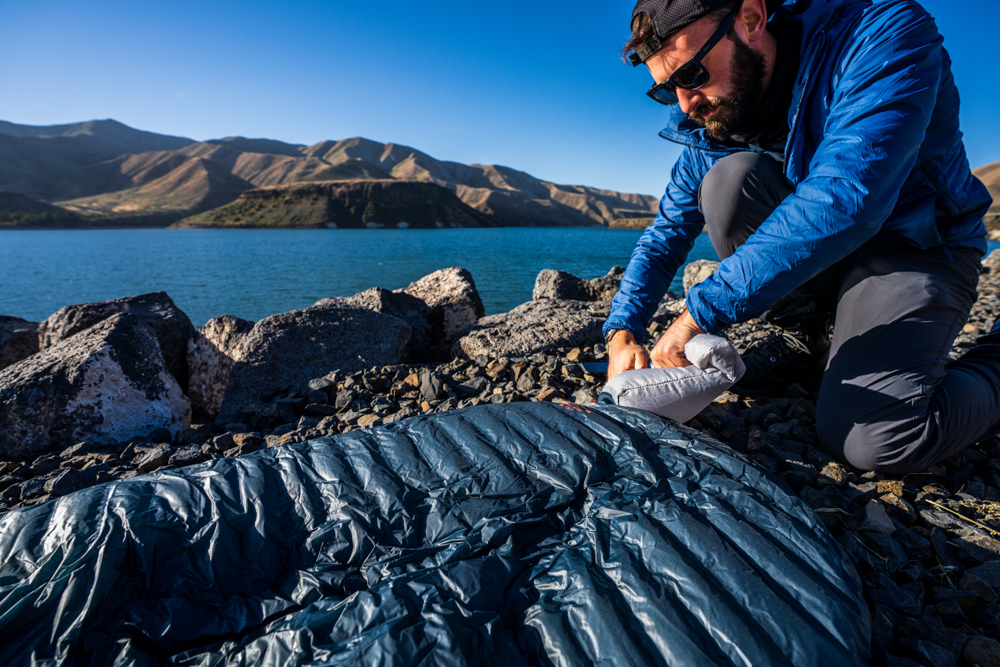
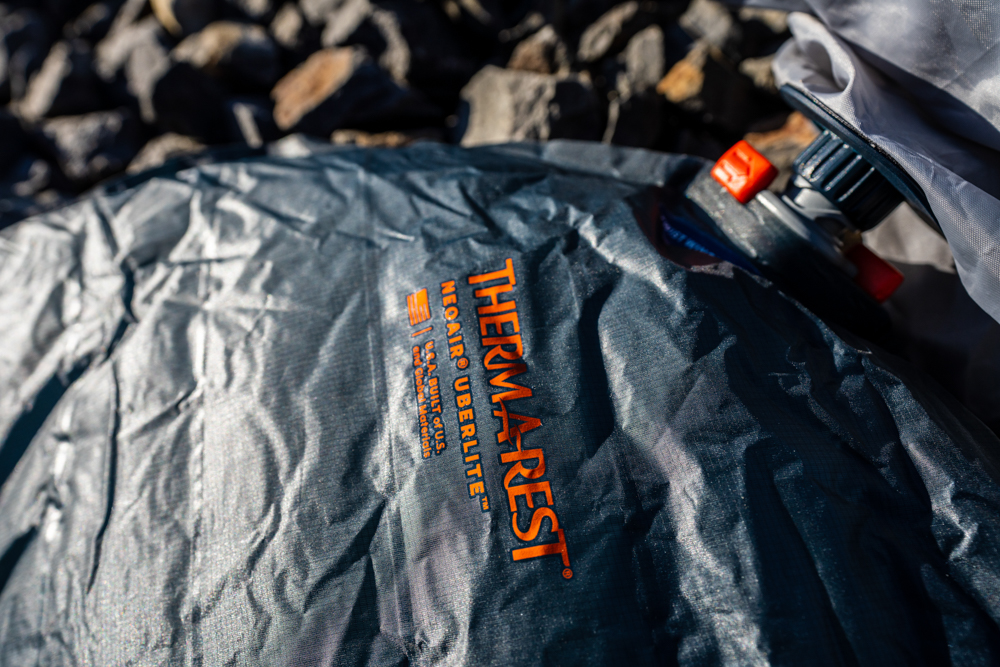
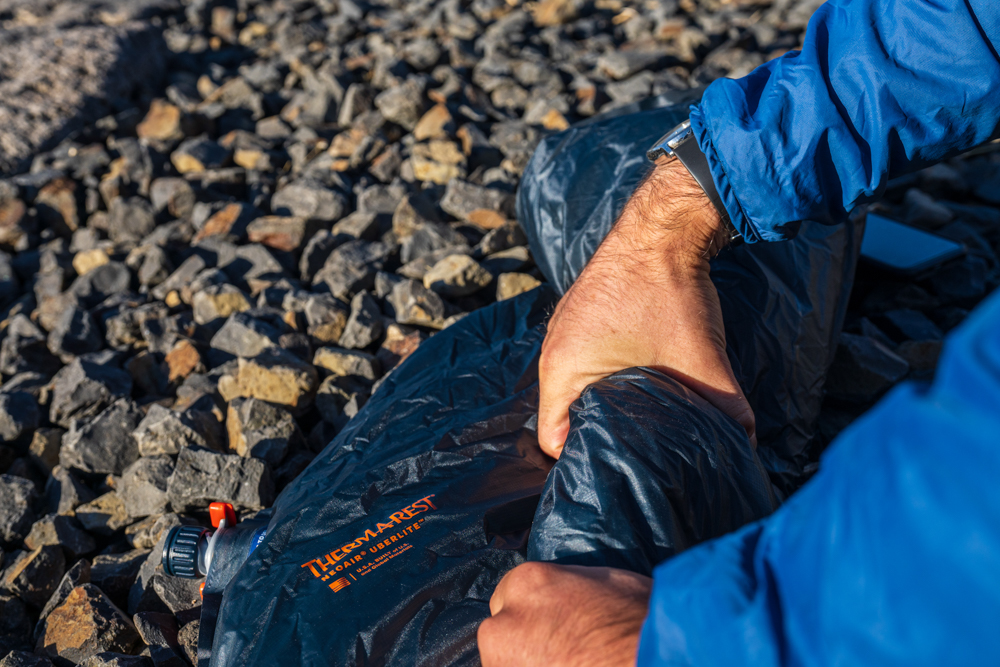
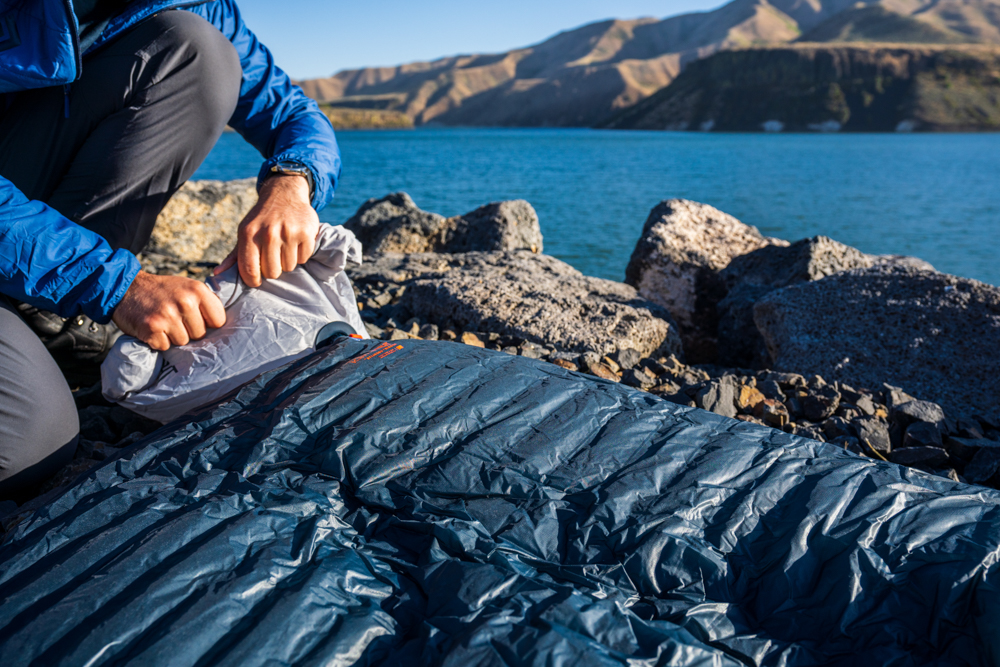
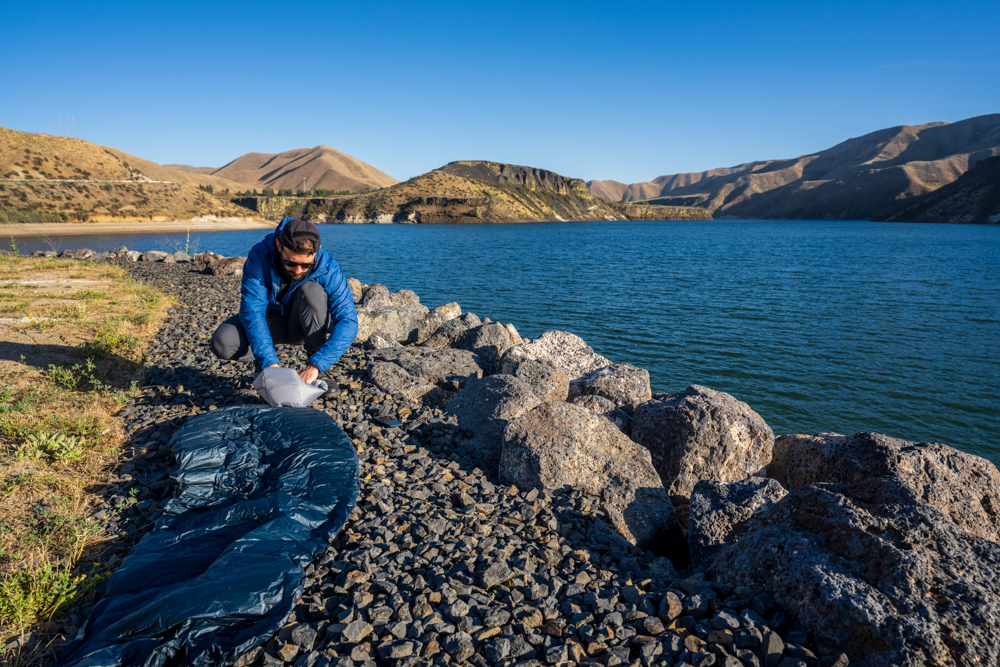



I’d be interested in hearing how you or Thermarest determined their Seattle factory runs on ~97.5% renewable energy. The reason this is important is the State of Washington does not consider most hydropower to be renewable, but that is where most of the electricity comes from in the State. If Thermarest is considering hydropower in this calculation, then I’d strongly encourage Thermarest to do the right thing and encourage Washington to re-define hydropower as renewable. It isn’t fair to hydropower producers to have those who benefit from their own definition of renewable while the state penalizes produces when using another definition.
Hey Alan, thanks for reading! That statement was based on this blog post on Thermarest’s website: https://www.thermarest.com/blog/usa-built/.
Although that post does not go into detail as to what their primary energy sources are, I did find their 2018 Sustainability Report which does break down their energy providers sources (https://www.thermarest.com/blog/wp-content/uploads/2019/01/TR-SustainabilityReport.pdf).
The info there is somewhat dated (circa 2014), but it does seem like you are correct: 89.6% of their energy was Hydroelectric, while the rest is a combination of Nuclear, Wind and others.
I’m not clear on the politics of Washington State in regards to the definition of renewable energy, but it sure seems like Thermarest is using the Federal and popular definition of the term to make that claim.